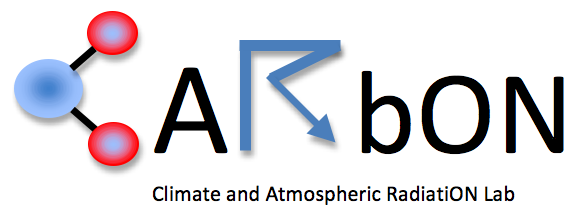Patricia Erika Marie Lim

Thesis Topic:
INFERRING PARTICULATE MATTER SOURCES USING A BACKWARD-TIME STOCHASTIC LAGRANGIAN AIR QUALITY MODEL AT SELECTED SITES IN LUZON, PHILIPPINES
Particulate matter (PM), one of the six criteria pollutants identified by U.S. Environmental Protection Agency, is a complex mixture of very small solid particles and liquid droplets, made up of a number of components, including acids, organic chemicals, metals, and soil or dust particles originating from a variety of sources. Due to rapid urbanization and industrialization in Asian developing countries, which resulted to increasing energy consumption and vehicle growth, increasing particulate matter concentration presents a significant threat to health, climate and environment. Knowledge on the source regions of airborne particles in the Philippines is limited. Variations in atmospheric conditions affect the transport and dispersion of particulates but studies on the relationship of particulates and meteorological variables and how the latter affects the concentrations, as well as the processes governing the formation and transformation of particulates from precursors are currently unexplored This study aims to: (a) describe the meteorological mechanisms which affect different PM mass fractions at selected sites; (b) infer source regions of particulate matter at selected sites; and (c) examine the effect of precursors on PM levels. Specifically, this study will: (1) analyze the trends and diurnal variations of PM concentrations at the study sites using a time series analysis; (2) compare the PM levels at the study sites with the National Ambient Air Quality Guideline Values specified in the Philippine Clean Air Act; (3) measure the dependence of between PM concentration on meteorological variables at the study sites using regression and correlation analysis; (4) determine the sources of PM at each study site using the Stochastic Time-Inverted Lagrangian Transport (STILT) model; (5) illustrate the probable sources, back trajectories and footprints of PM at each study site; (6) examine the effect of precursor concentrations on PM levels using Hybrid Single Particle Lagrangian Integrated Trajectory (HYSPLIT) model with chemistry module with regional emissions inventory as input; and (7) evaluate the performance of the model using metrics recommended by USEPA. Understanding the atmospheric processes which affect the formation, transformation, dispersion, and transport of particulate matter is important in the management of emissions and will lead to the reduction of particulate levels.

